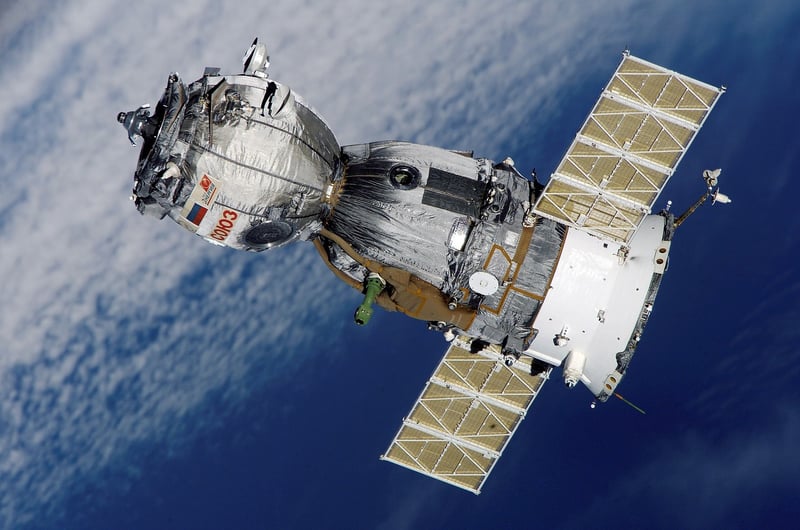Causal Loops
The Challenges of Time Manipulation and Causal Loops
Time manipulation and causal loops are fascinating concepts often explored in science fiction, but they come with their own set of challenges and paradoxes. Let's delve into the complexities of these ideas and the problems they pose.
Time Manipulation:
Time manipulation refers to the ability to alter the flow of time, travel through it, or manipulate events in the past, present, or future. While this concept opens up a world of possibilities, it also presents several challenges:
Paradoxes:
One of the most significant challenges of time manipulation is the potential for paradoxes, such as the grandfather paradox where a time traveler could prevent their own existence by altering events in the past.
Butterfly Effect:
Changing even small events in the past could have unforeseen and drastic consequences in the present or future, leading to the infamous butterfly effect.
Temporal Displacement:
Time manipulation could result in temporal displacement, where individuals or objects end up in the wrong time period, causing chaos and confusion.
Causal Loops:
Causal loops, also known as bootstrap paradoxes, occur when an event causes itself without a clear origin. These loops challenge the traditional notions of cause and effect:
Origin Problem:
In a causal loop, it becomes difficult to determine the original cause of an event, leading to a loop of events with no clear beginning.
Logic Defying:
Causal loops defy logic and raise questions about the nature of time, causality, and free will, pushing the boundaries of our understanding of the universe.
Conclusion:
While time manipulation and causal loops make for compelling storytelling and thought experiments, they also present significant challenges and paradoxes that stretch the limits of our comprehension. Exploring these concepts can lead to a deeper appreciation of the intricacies of time and causality.


